Dear Offbeat Community Re “A Year of Storytelling”
My first thought on hearing about “A Year of Storytelling” was that I have nothing to contribute , especially as I dislike the word story. After a little reflection I realized that I did have something to share.
I think of my photography in terms of 2 large pursuits. There is practice and there are projects. Projects have two possible outcomes. Projects become either exhibitions or an extended series of posts. Projects are multi-month undertakings. The longest project (Building Blocks), up to now, took over 18 months to complete. An extended series of posts typically takes 2 to 6 months to complete. These posts are a combination of images and text that result from my travels. Within this context, a friend has called me a travelographer.
I realize the number of posts and images far exceeds the parameters of the invitation. That said here for your reading and viewing pleasure is the Algeria series (21 posts as of 2025-11-30).
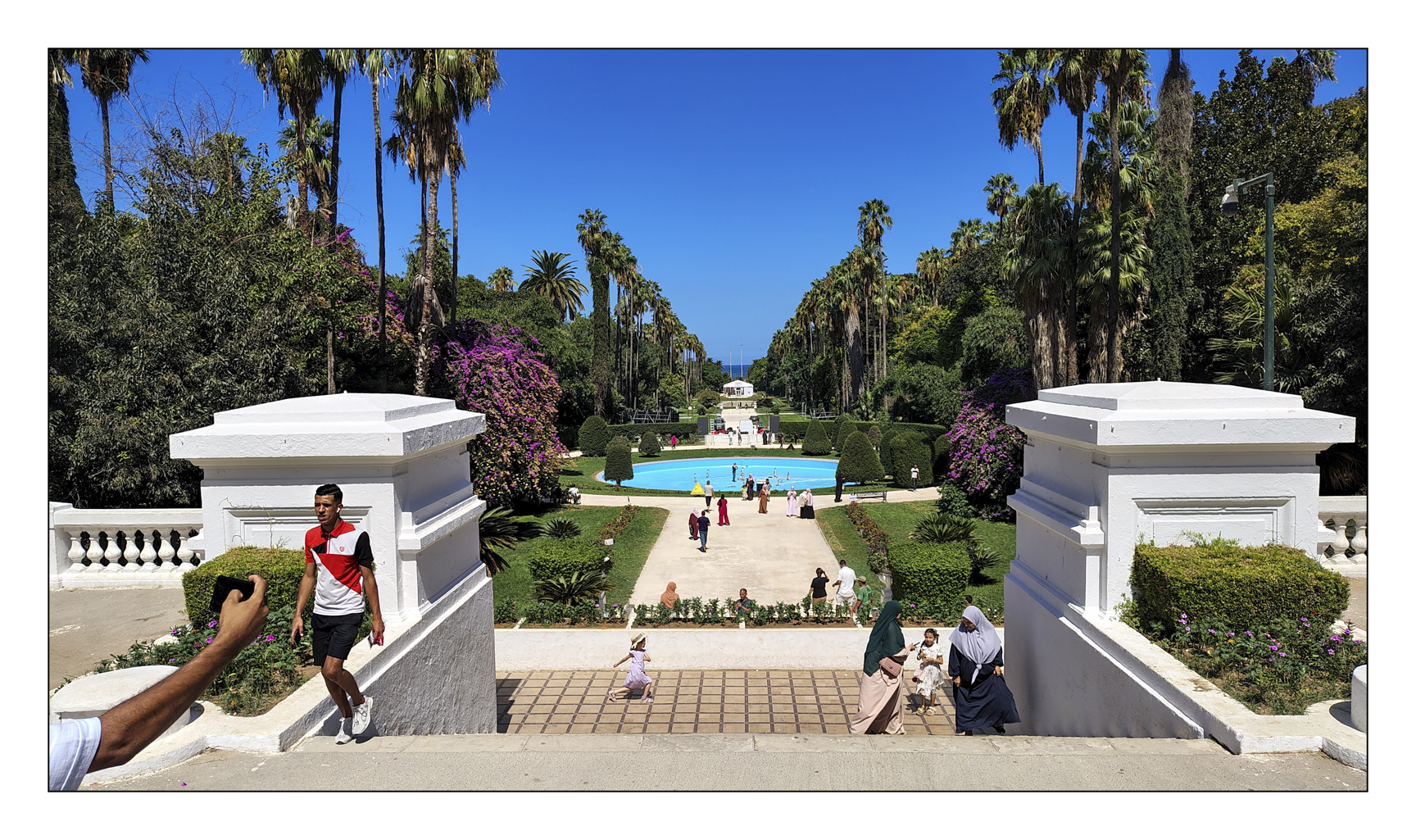
Dear Reader (2025-10-02 – posted simultaneously to FB),
Welcome to a new series. Today is a beverage post. For my newer readers, this is a post where I suggest you may want to grab a tea, coffee, glass of wine, or a beer. Of course you can just skip to the images. I would though suggest that at the very least you read the “Constraints” section.
Context
A week ago, I returned from two different back-to-back tours in Algeria with the UK agency Wild Frontiers. Each tour lasted about a week and a half. The first tour was primarily focused on the rich Roman history that exists across North Africa, especially in Algeria. The second tour was primarily focused on the deep Sahara in the SE corner of Algeria, where we were at times within 80 km of the Libyan border.
On the first tour there were 10 people, 8 travellers, the tour guide, and the driver of the 15-passenger van. The road route was roughly a reverse crescent shaped path that began in Algiers and ended in Timimoun. From Timimoun we flew back to Algiers. The second tour was composed of 5 travelers, a tour guide, and a support team. I will talk more about the support team in a later post. After a night in Algiers we flew to Djanet. After our desert exploration we flew back to Algiers from that same town. Both tours started and ended in Algiers, and that was the only place where there was a little bit of duplication within the tours.
Algeria
By land mass, Algeria is the largest country in Africa. It is larger than Saudi Arabia and smaller than Argentina. Geographically one can think of Algeria as a series of wide horizontal stripes. Beginning with the 1200 km wide Mediterranean coastline. Working south there is the coast, the Atlas Mountains, the plateau, the Sahara Atlas, and the desert. 85% of Algeria’s 46 million population live north of the desert band. The desert band covers roughly 90% of Algeria’s land mass.
Here from Wikipedia (ps I make a small donation to Wikipedia monthly), is a long paragraph summarizing the most recent 2 thousand years. (https://en.wikipedia.org/wiki/Algeria)
“Inhabited since prehistory, Algeria has been at the crossroads of numerous cultures and civilisations for millennia, including the Phoenicians, Numidians, Romans, Vandals, and Byzantine Greeks. Its modern identity is rooted in centuries of Arab Muslim migration since the seventh century and the subsequent Arabisation of indigenous Berber populations. Following a succession of Islamic Arab and Berber dynasties between the eighth and 15th centuries, the Regency of Algiers was established in 1516 as a largely independent tributary state of the Ottoman Empire. After nearly three centuries as a major power in the Mediterranean, the country was invaded by France in 1830 and formally annexed in 1848, though it was not fully conquered and pacified until 1903. The Sétif and Guelma massacre in 1945 catalysed local resistance that culminated in the outbreak of the Algerian War in 1954. Algeria gained independence in 1962. It descended into a bloody civil war from 1992 to 2002, remaining in an official state of emergency until the 2010–2012 Algerian protests during the Arab Spring.”
Religiously, Algeria is nearly 100% Islamic. The government is constitutionally secular. According to Wikipedia, Algeria is a semi-presidential republic. From my perspective it is an authoritarian police state. As our little bus drove from town to town, we always had a police escort. I eventually got an honest answer from one of our local guides who is a censured rap singer. As I suspected, that escort was not for our protection but to make sure we stayed on course. That leads us to constraints.
Constraints
In my pre-departure information package, there is this sentence. “With regards to camera equipment, you can bring a small digital camera, but professional equipment, such as cameras with professional lenses like those used by wedding photographers is not permitted.” After a long email thread with Wild Frontiers (tour agency), it becomes clear that there is a high probability that my camera, tripod, and lenses will be seized at the border. My secondary camera for the trip is my Olympus Tough, which I barely use. My primary camera is the one on my mid-range phone (Motorola edge), which produces jpg images. As you and I will see the apparent simplicity of the tool gives me a level of access that I don’t think I would have otherwise had. As well, using the digital zoom especially in low light provides a great starting point for some minor adjustments in Photoshop. So far from what I have edited, I think my vision is consistent but the look of the images are different.
Besides the technology constraints there is also a list of subject constraints. That list covers all government buildings, all military and police buildings and compounds, and anyone in uniform. It isn’t always clear what is a militarized area, and I am told on occasion by a man with a machine gun to point my phone somewhere else. Though the delivery of the message is pleasant and involves an exchange of smiles, the message is also clear. There are also some local cultural subject constraints, and we will get to those in a later post.
Welcome to Algeria – Dateline Algiers 2025-09-02 written 2025-09-03
~ I am sitting in a large rectangular waiting room with my back to the only wall that isn’t glass. There are many men in various uniforms all walking with purpose. If it was colder, some would say scurrying. But here on the southern shore of the Mediterranean where it was over 40° C a couple of weeks ago there is no scurrying. Instead, there is this peculiar way uniformed men in hot climates walk. It is a hybrid of military stiffness, self-importance, nihilism, and heat induced amble.
~ This week the customs and immigration hall has a novel set of characters. There are attractive women with impeccable English wearing white shirts, black pants, and high heels welcoming delegates to IATF2025 (Intra-African Trade Fair).
~ I see my passport and associated documents being handed off to multiple officials. Then the customs and immigration hall is empty of arriving delegates and passengers.
~ I am alone in my fish bowl. Half of me is a study in patience and acceptance. The other half is wondering if I have entered a Kafka tale or a Beckett play.
~ This piece of theatre ends after an hour and a half or so. A thin friendly man wearing a charcoal shirt and a darker tie takes my 340 Euro and shortly thereafter returns my passport with a visa in it. He apologizes for the delay.
~ I get my luggage, and meet my driver and his new employee without incident. I am told that my recent piece of theatre was short. Some people wait in the fish bowl for up to 3 hours.
Notes on Photos
~ My usual display size for the web is 25 inches on the long edge. Given the technical constraints (see above) the display size on the long edge will be 12 inches.
~ Let’s begin in Algiers where I arrived a day before the planned tour began. As in previous wandering projects, I will limit the number of photos per post to a maximum of 12.
~ 01 – 11 Botanical Gardens
~ The first stop for you and I on this tour is the botanical gardens. On that first day I felt completely out of and that I was not welcome. When I returned to those same gardens nearly 2 weeks later, I still felt that people were seeing me without looking (a distinctly Algerian way of noticing the world), but I also felt a combination of indifference and being welcome.
~ 07 – Algeria is a very patriarchal society – outside Algiers, women are nearly invisible.
~ 11 – Many buildings in Algeria are not closed permanently – they are just closed for renovation. The cameras though always look as if they are working.
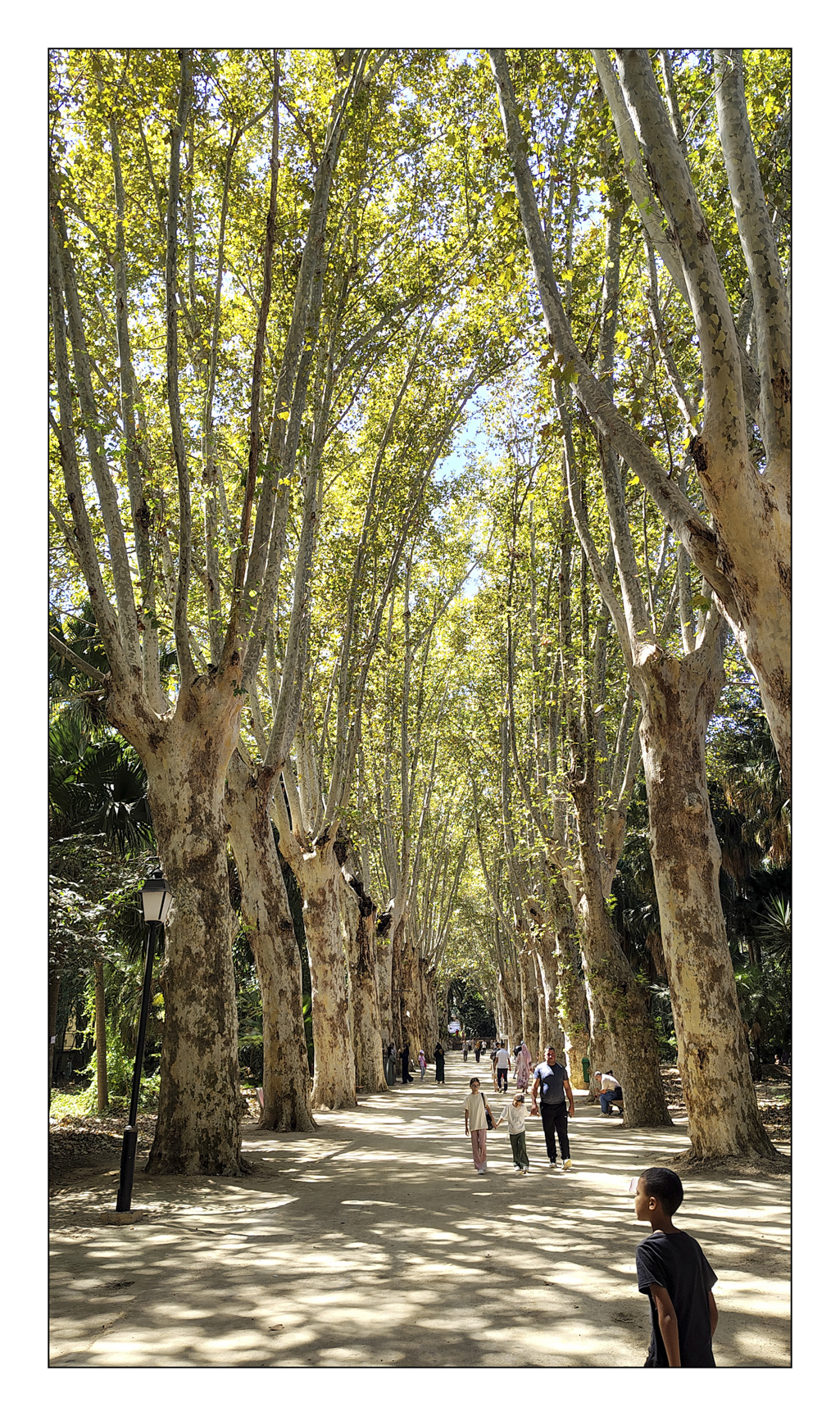
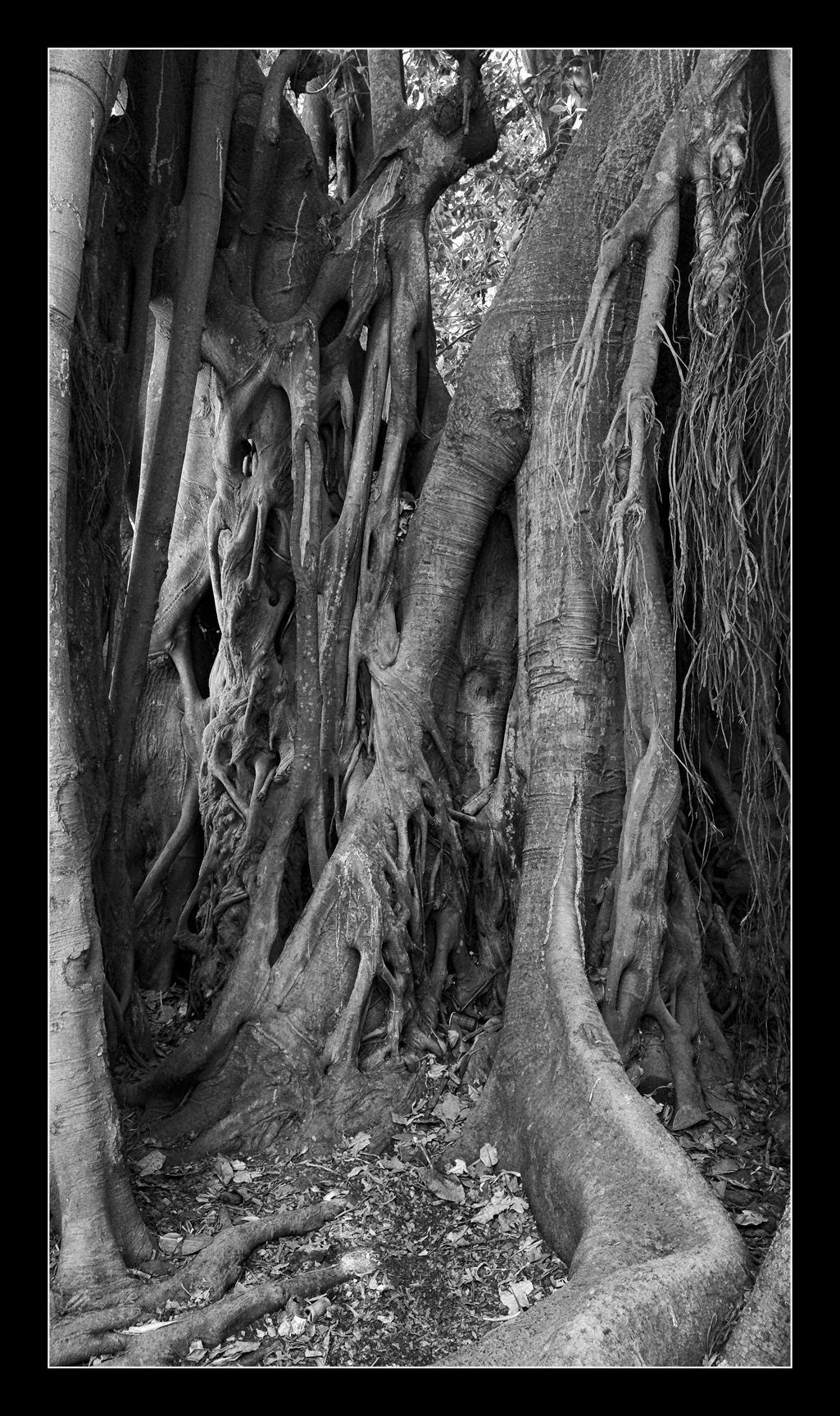
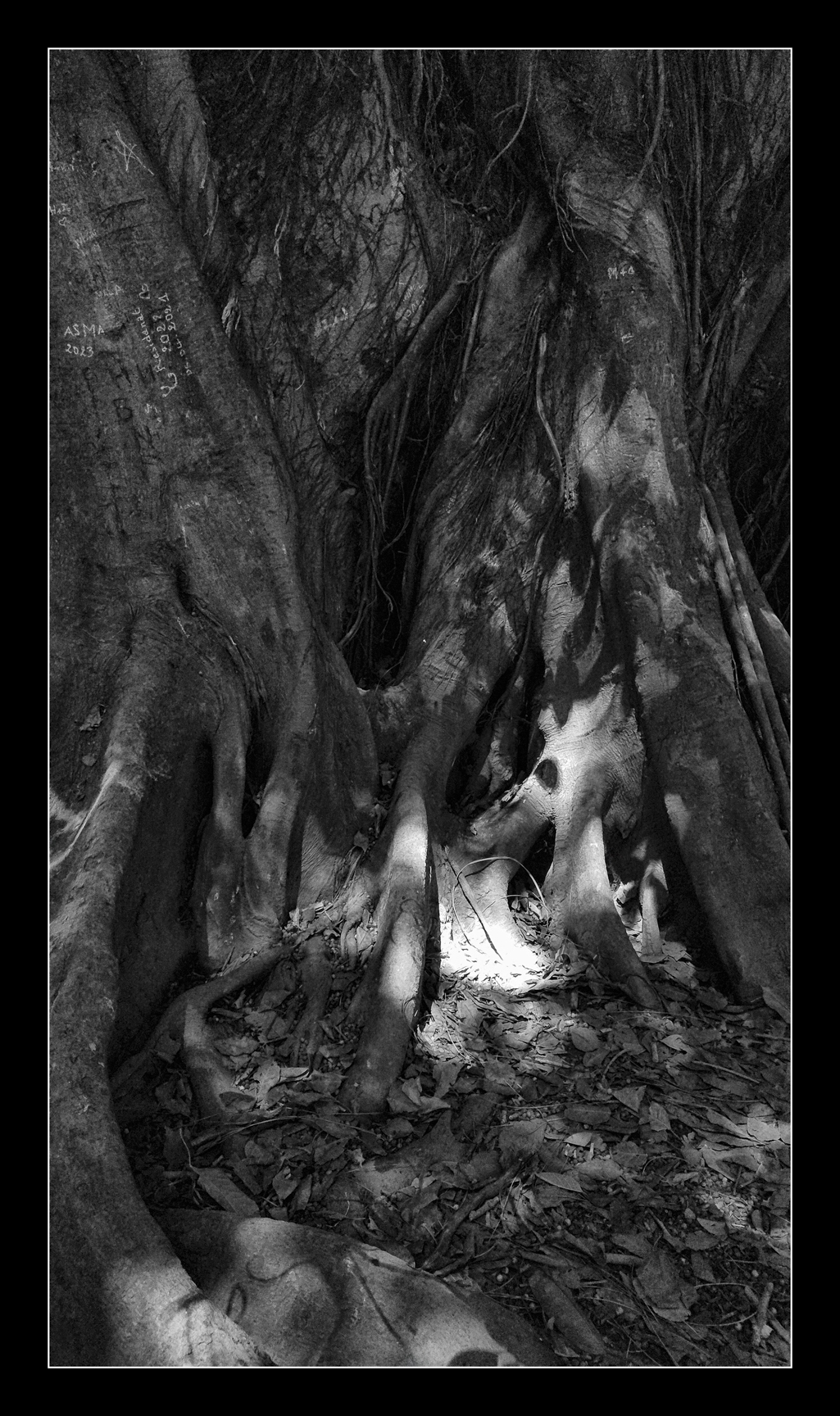
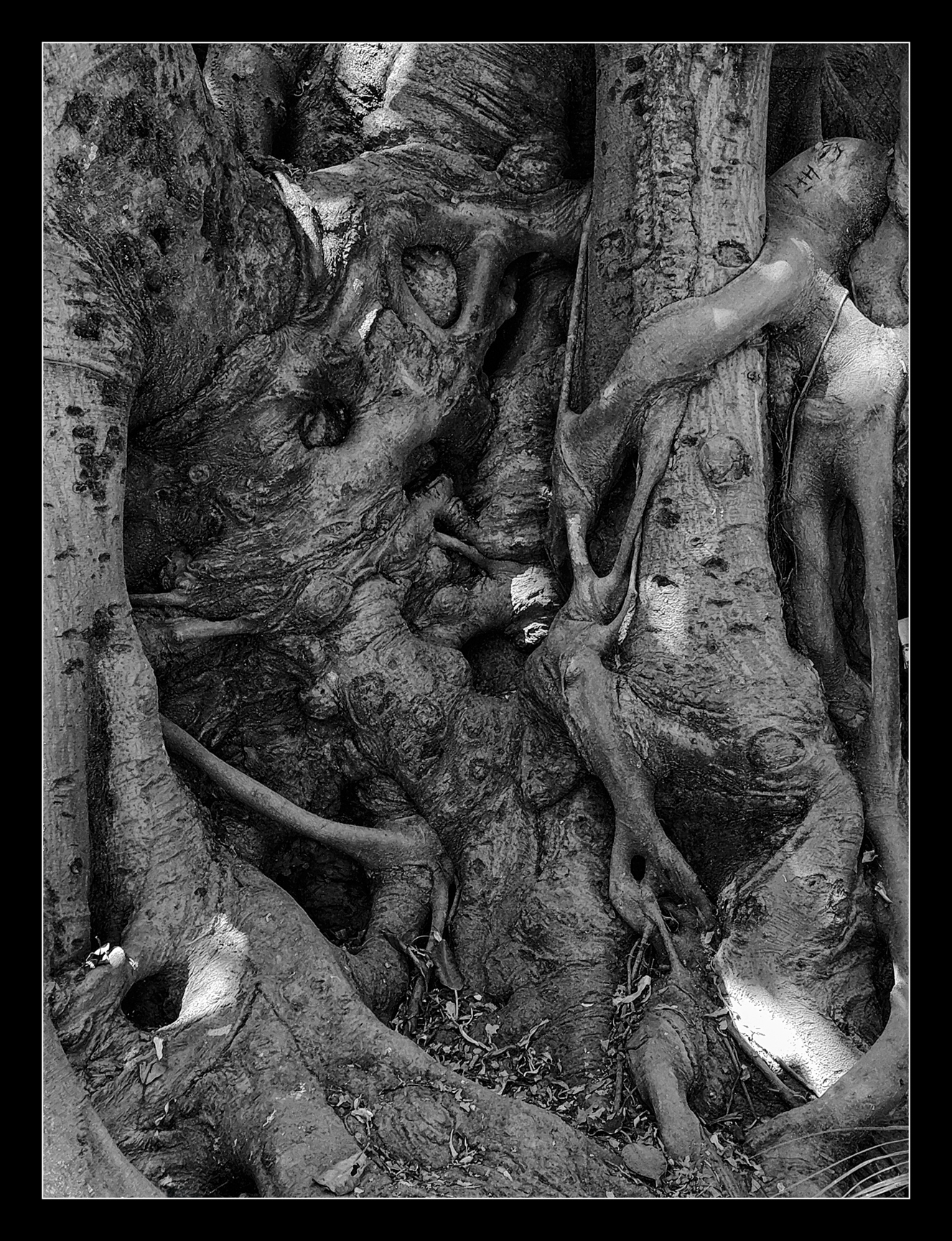
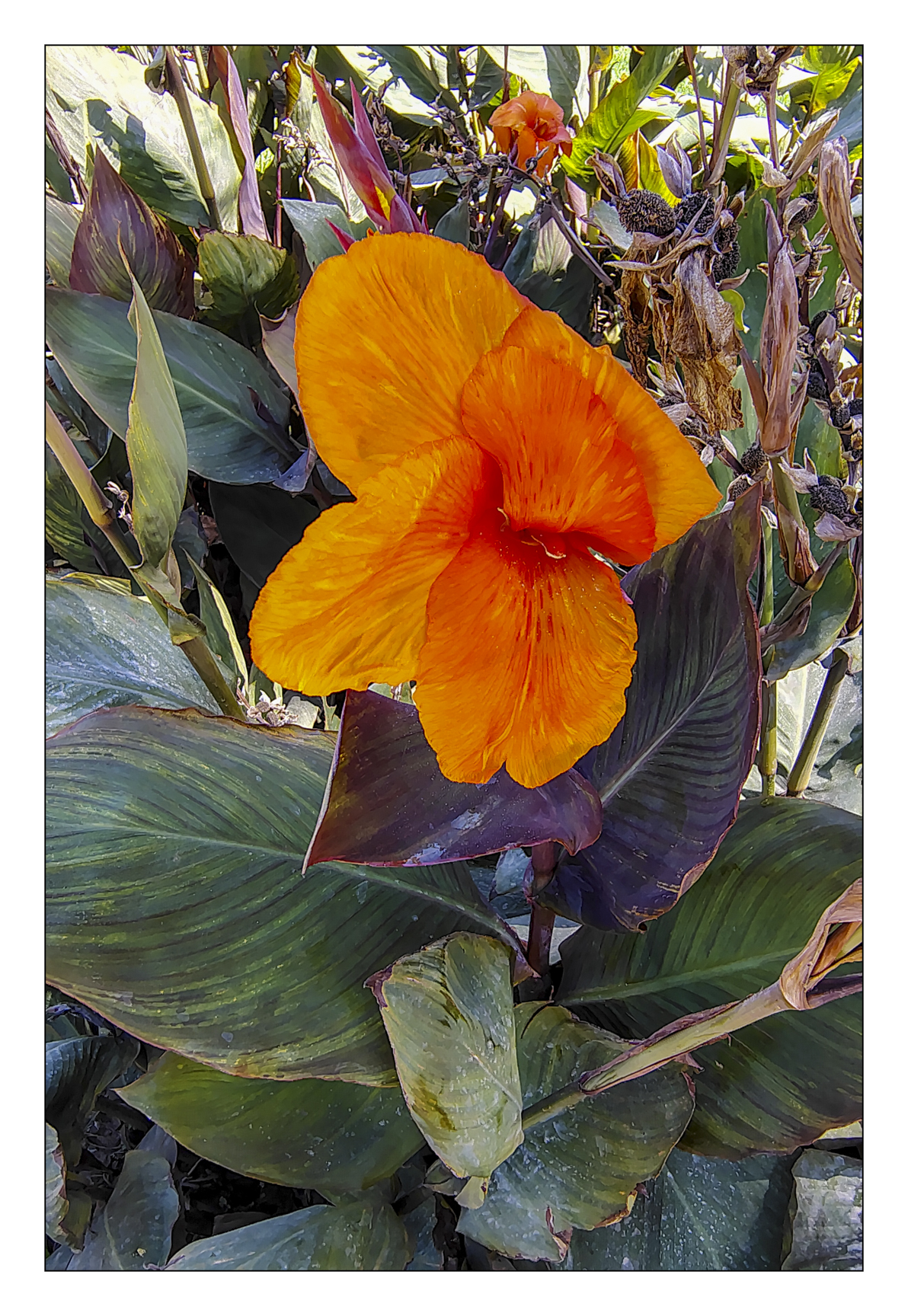
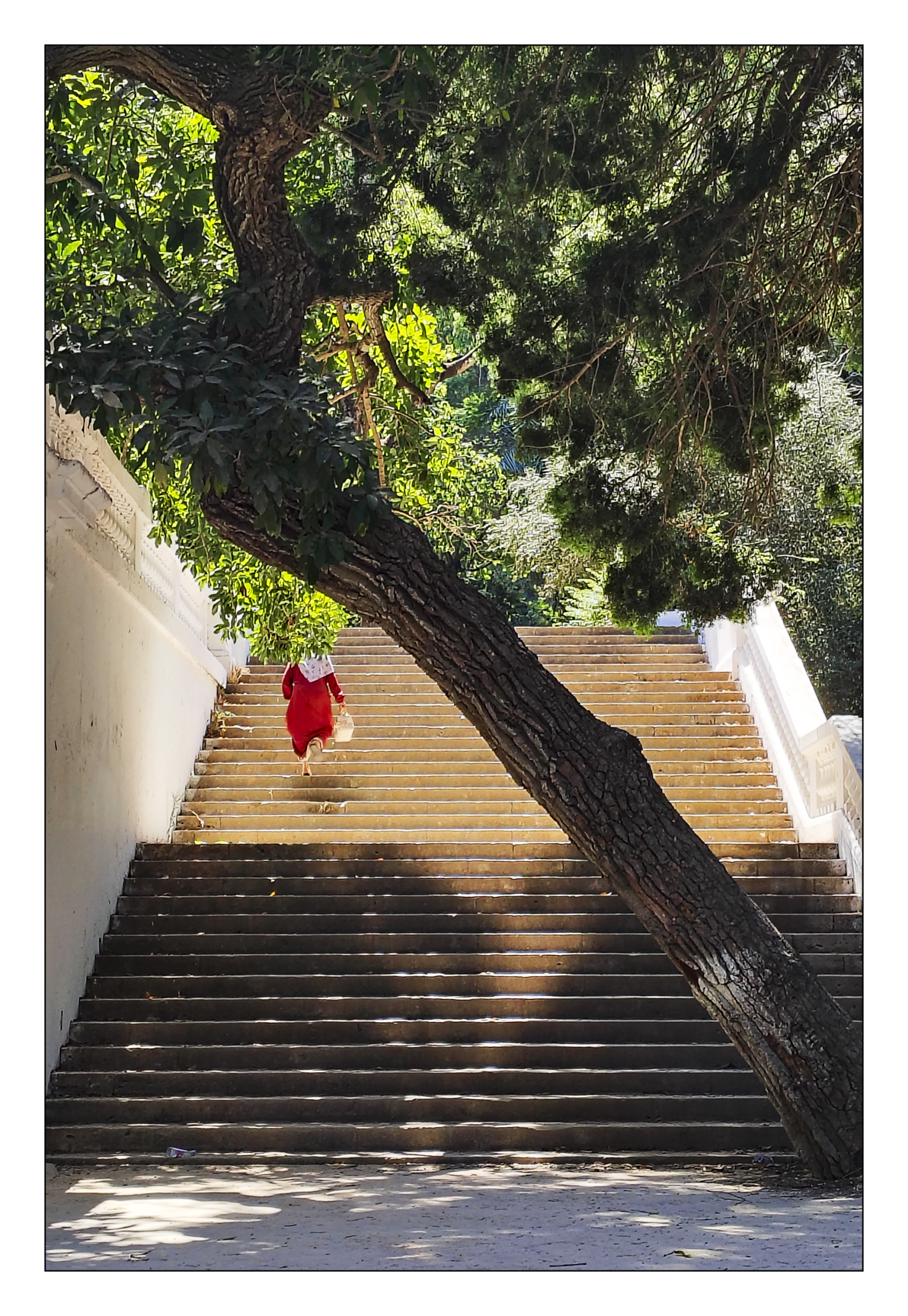
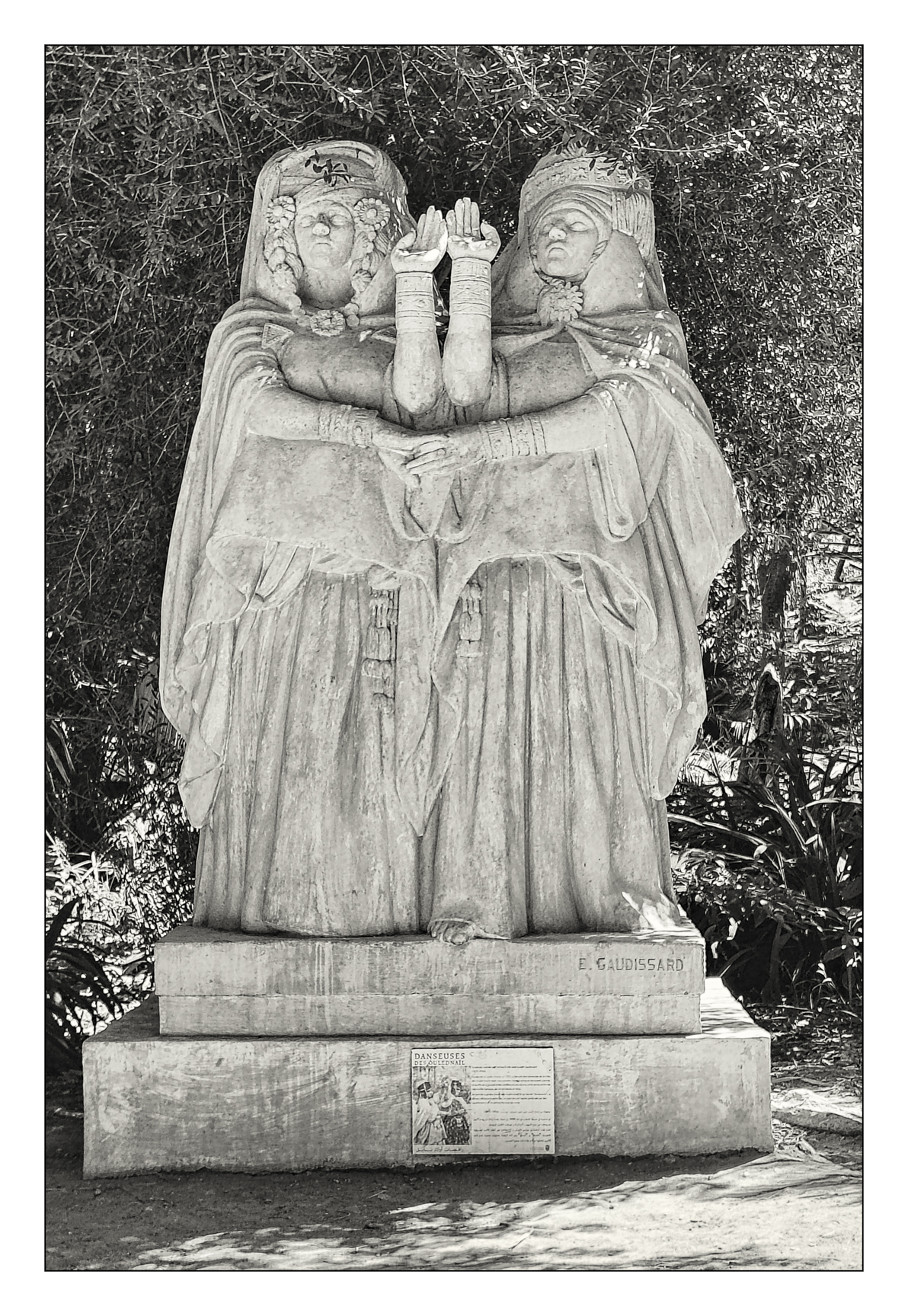
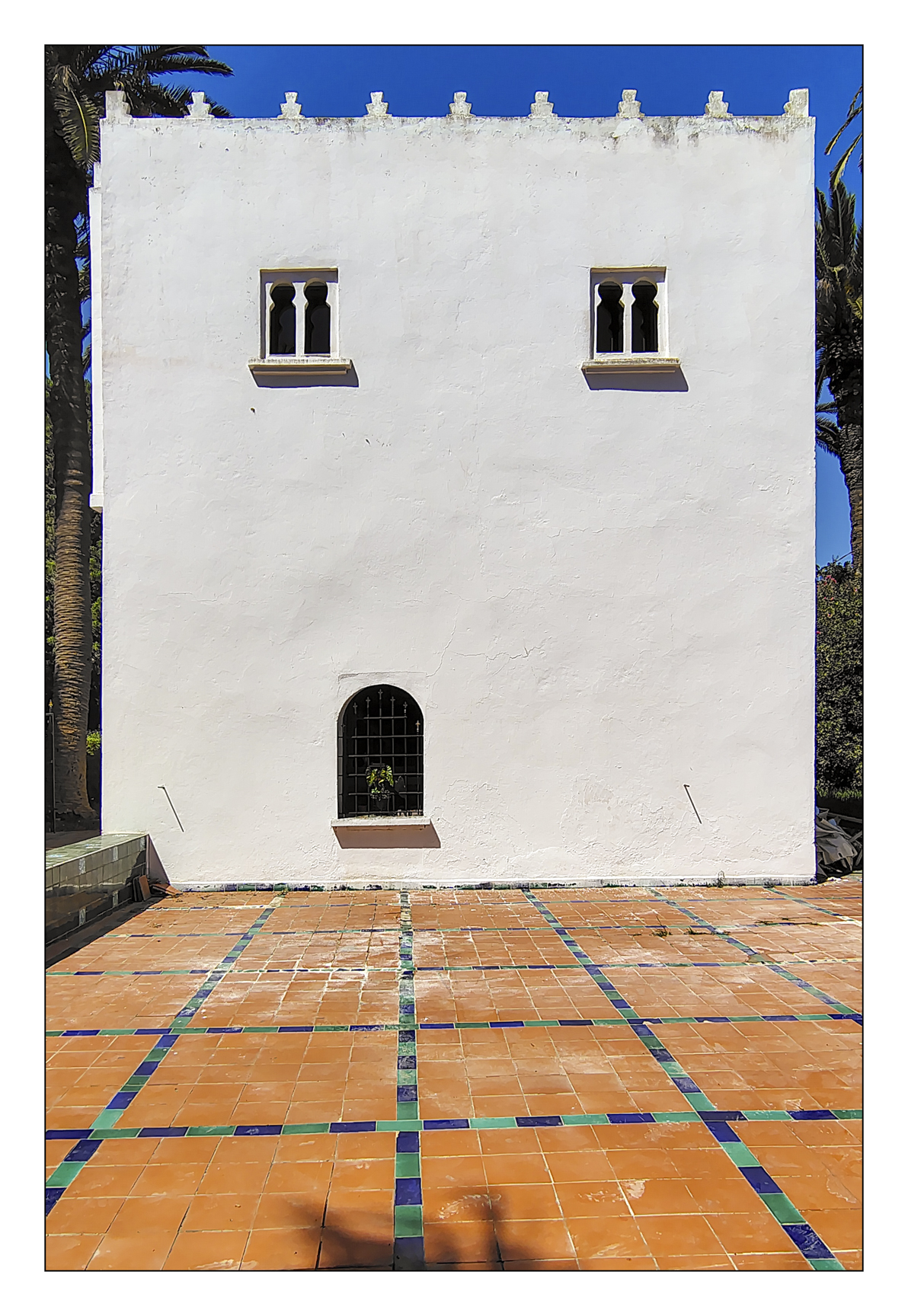
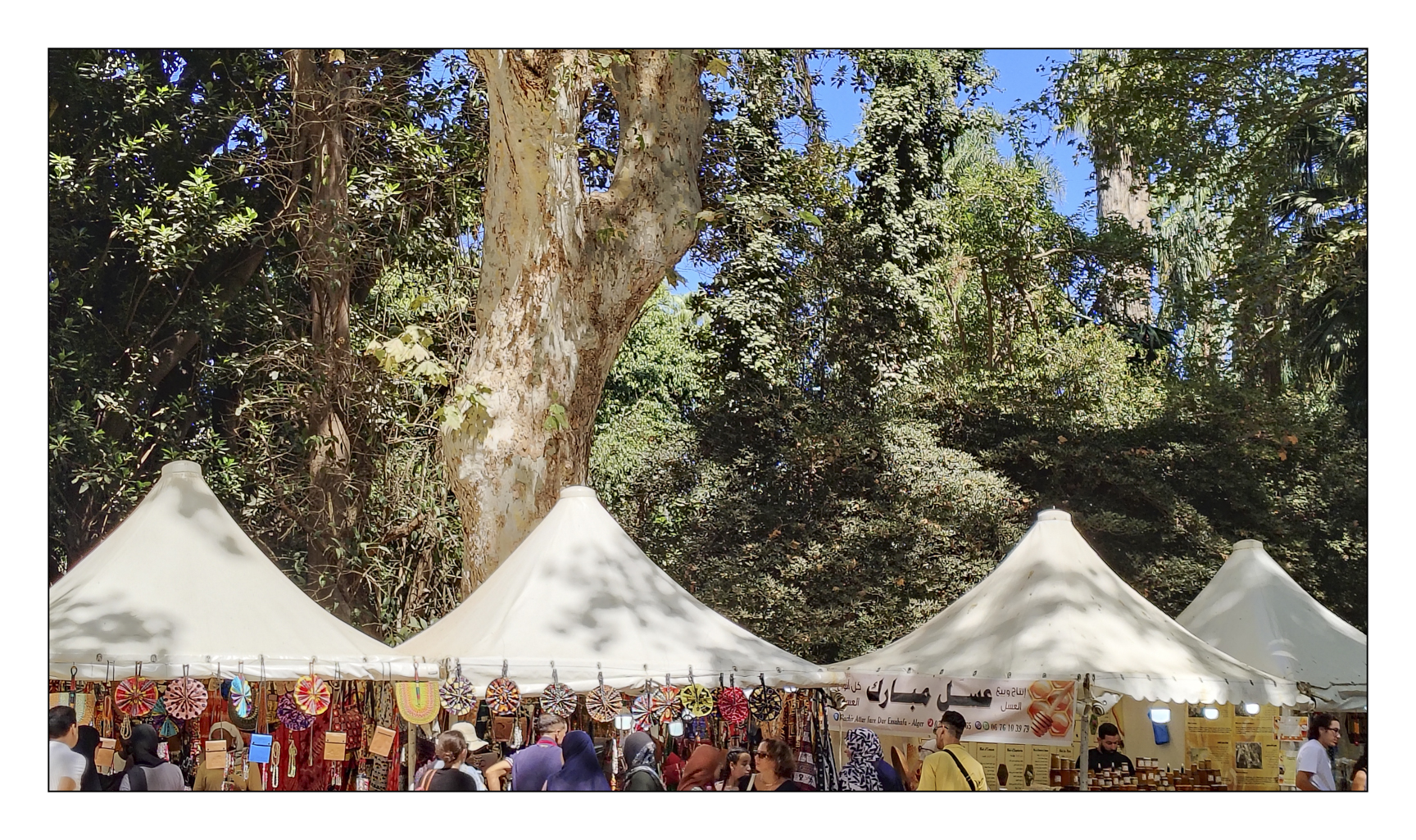

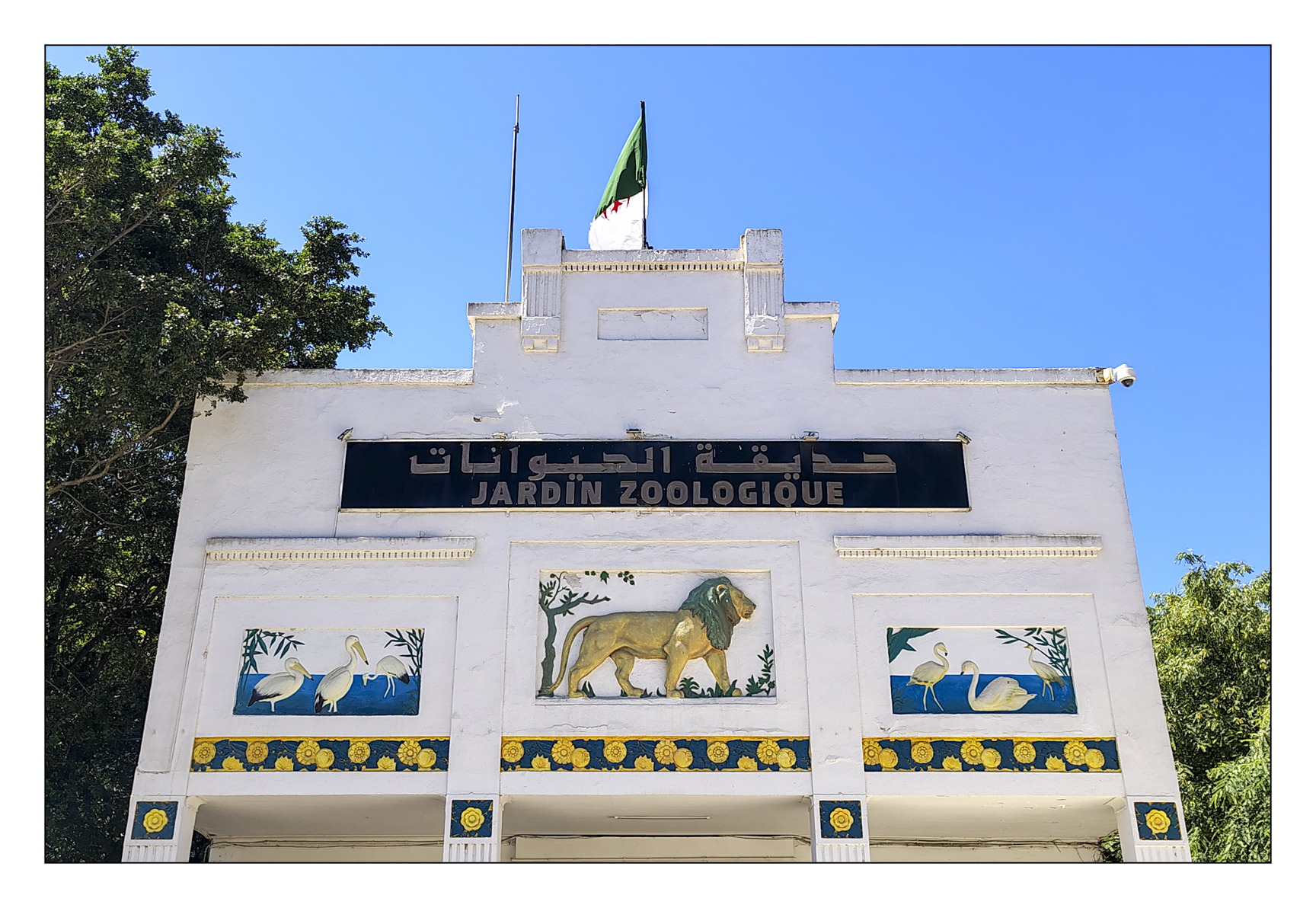
You are welcome to share a link to this page with others.
As always, all comments are welcome and sought.
Cheers, Sean
My note on privacy can be found under the “About” menu item, and if you would like to subscribe to this blog please enter your email.
.
All rights for all material on any media reserved – © Sean P Drysdale 2017-2025
I am finally back from my own trip. Nothing so exotic as Algeria, of course. Nothing that involved sitting in a fish bowl while paranoid officials discuss if they should let you go on your way. I am quite sure that I would not deal well with that at all. In any case, in preparation for this I’ve opened a map of Algeria, and will follow along as best I can.
1-7 I must admit these botanical gardens are much more interesting than the two I recently visited.
10 Lovely symmetry! That pool looks very inviting.